by Amanda Rose Newton
Fruit brings many people into the world of gardening. The anticipation of having a harvest and raising your own nutritious food not only benefits your body, but also the biodiversity of your yard and your mental health, and can reduce your environmental impact.

Plants produce fruit in an amazing and ultimately underappreciated fashion. In the final edition of our month-long inquiry into the fascinating world of how plants work, we close with the magical transformation from seed to fruit. You will never look at a tomato the same way again!
Good Things Come in Small Packages
As we learned through our exploration into flower development, seeds are the product of pollen and ovules coming together in the ovary.
Just like us, some of the genetic information from the mother and father are passed to the new seed. Unlike us, plants undergo another layer in seed development outside the realm of basic cell division, and for this reason, seeds are packed full of macro- and micronutrients to feed the growing plant.
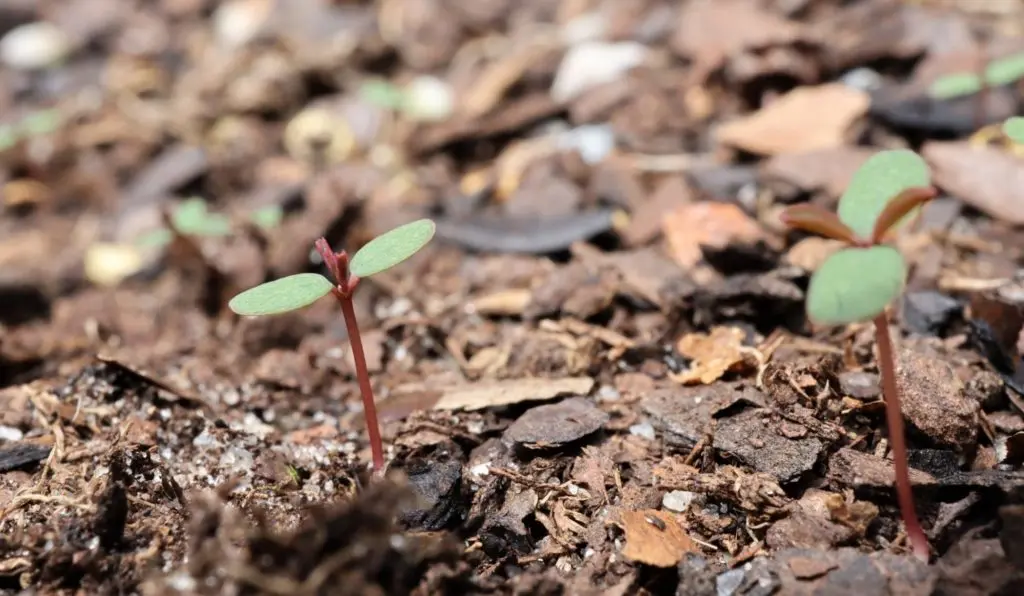
The plant produces additional hormones by causing the walls to expand and thicken in the ovary and, finally, the outer petals fall off exposing it. This happens in a relatively quick timeframe, which is why so many of us are shocked at first to learn that every flowering plant produces fruit or, at one time, every fruit was a flower.
Certain fruits such as almonds (that’s right, they’re fruits) flower so briefly that many are surprised to know one exists!
Once exposed to the world, the plant keeps feeding the fruit through its usual photosynthetic process.
Finally, ripening is triggered by the slow release of ethylene, which causes the color change and softer fruit that is more delicious. This is why growers take the time to indicate “tree-ripened” fruit on labels, as this ensures they had ample time to slowly ripen.
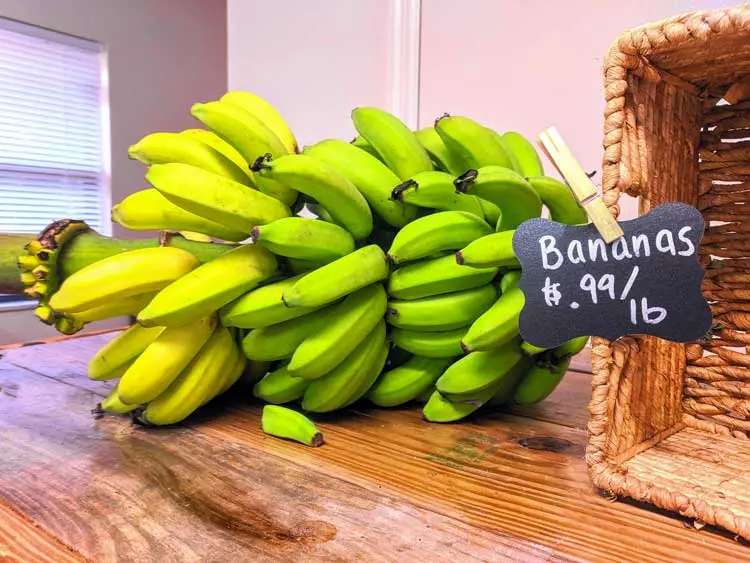
Certain fruits like stone fruits (peaches, cherries, nectarines, and plums) do not ripen on the way to the supermarket. Food scientists have created synthetic ethylene, which is used to hasten the ripening process or to allow early harvesting but the results are noticeably less tasty.
The Seed Family Portrait
While on the subject of seeds, it is worth bringing up the confusing process of purchasing produce seeds, seedlings, and knowing what plants you will actually end up with.
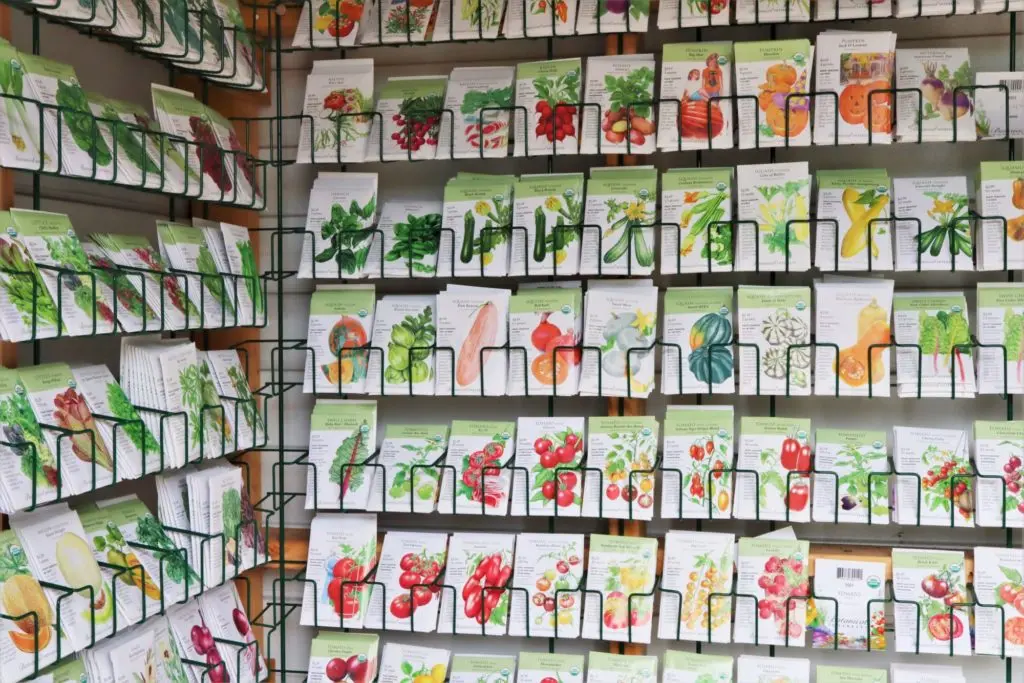
In today’s world of hybrid vs. heirloom and grafted vs. non-grafted it is hard to know which one is what you actually want.
It all comes down to the same thing that makes us unique from our own siblings: genetics! The reason we have some plants that resemble their parents perfectly is from years of selecting desirable traits and isolating those until we have a seed that reliably will produce identical offspring.
It should be noted that even though when purchasing guaranteed packages of seed, there is always a .001% chance you would get an outlier, which is just how genetics works.
Tomatoes are the classic point of contention for many, with enough varieties to make your head spin. Hybrid varieties you plant for the first year will produce as advertised. If you save the seeds from that generation to plant the following year, you may not get exactly what you had the first go-round.
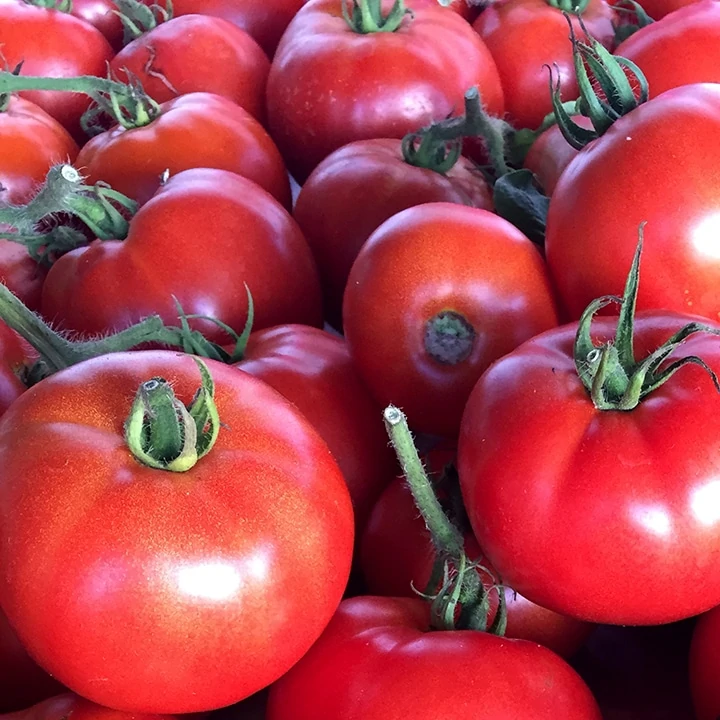
Open-pollinated tomatoes also lead to interesting results, especially if you have other varieties planted nearby. Cross-pollination (if varieties are of the same species) will lead to potential offspring that may be a mix of the parents or perhaps not resemble them at all.
Fruit trees are not able to escape the natural desire for genetic diversity within populations either. If you have ever planted a fruit tree from a seed from your favorite plant, you may have found that the fruit produced is smaller, has a bigger seed, does not resemble the parent fruit, or has a completely different taste.
Grafting
To produce consistent, desired traits in fruit, growers will graft a scion (a cut branch) on a specific rootstock to drastically speed up the growing process and ensure you get exactly what you want.
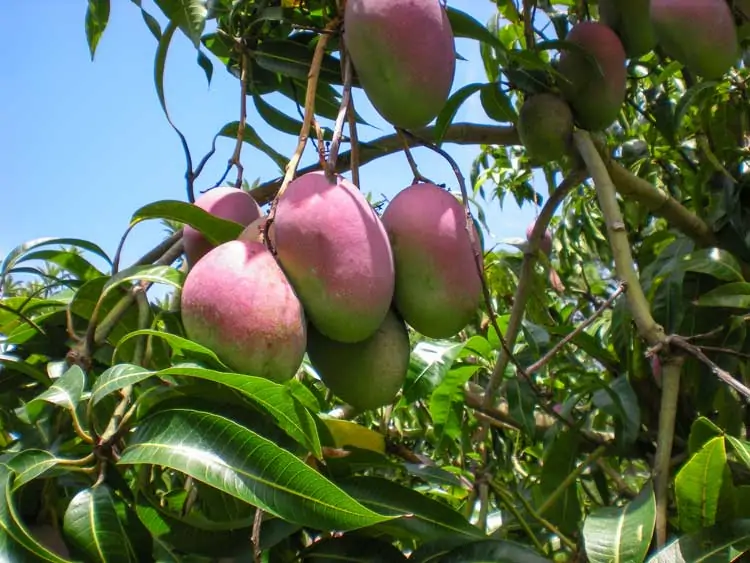
For example, mangoes in particular are monoembryonic, meaning they will not be true to seed if you try to plant one from a grafted plant. In fact, they likely will take on characters from the rootstock, not the seedling. This does not always mean you will get something terrible, but it will certainly not be what you had originally thought you would get.
Saving Seed
This is where the fun comes in! If you love to experiment, or even if you do not, saving seeds has multiple positive outcomes. You can keep seeds from fruits you enjoy and continue to see how future generations turn out.
You can provide these to your community, which many do in the form of seed libraries knowing that whatever the case, they will produce fruit that grows well in this region.
Seed saving also ups your food security, making sure that you have seeds to plant in case of shortages of seed or produce.
The best part of experimenting? When you plant avocado and mango seeds without expectation, occasionally you will be rewarded with something surprisingly tasty! You just never know, and that mystery and anticipation are what fuels scientists and gardeners alike.
Fruit Facts
Speaking of fruits, what actually is and is not a fruit is amazing. Most of what grocery stores label as a fruit vs a vegetable has to do with economic value or sweetness.
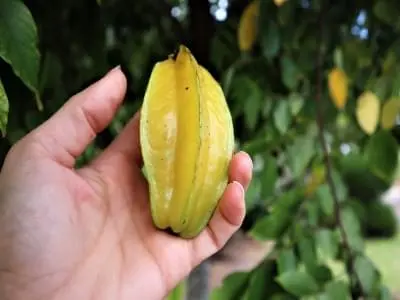
For example, tomatoes are classified as a vegetable merely because back in the day it was cheaper to export veggies over fruits. Just for fun, here is a breakdown of what is botanically classified as a fruit:
Simple fruits
Simple fruits can either be dry or fleshy. Dry can either open to release seeds or not.
Dry:
- Achenes – Sunflower
- Capsules – Brazil nuts
- Caryopsis – Wheat and most grains produce a seed head
- Fibrous Drupe – Walnuts and coconuts
- Legume – Pea, bean, peanut, soy
- Nut – Hazelnuts
Fleshy:
- Berry – Tomato, avocado, blueberry, banana
- Pepo- Cucumber, pumpkin, squash
- Hesperidium- Citrus
- Stone fruit drupe- Plum, cherry, peach, olive, mango, almonds
- Accessory fruits (false berry) – Cranberry, strawberry, cashews
- Pome – Apple, pear, rosehip
Aggregate Fruit:
An aggregate fruit is another accessory fruit, meaning that it has more than just a seed or develops from a multi-pistil flower.
- Blackberries
- Raspberries
Multiple fruits
A “multiple fruit” is formed from a cluster of flowers, which produces a fruit, but they grow into a single mass.
- Pineapple
- Fig
- Mulberry
- Breadfruit


